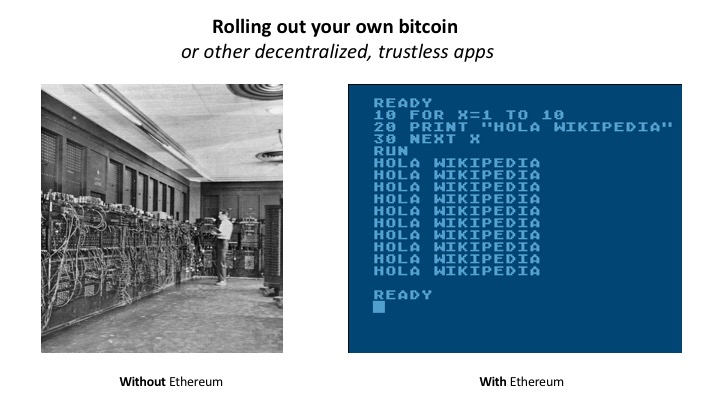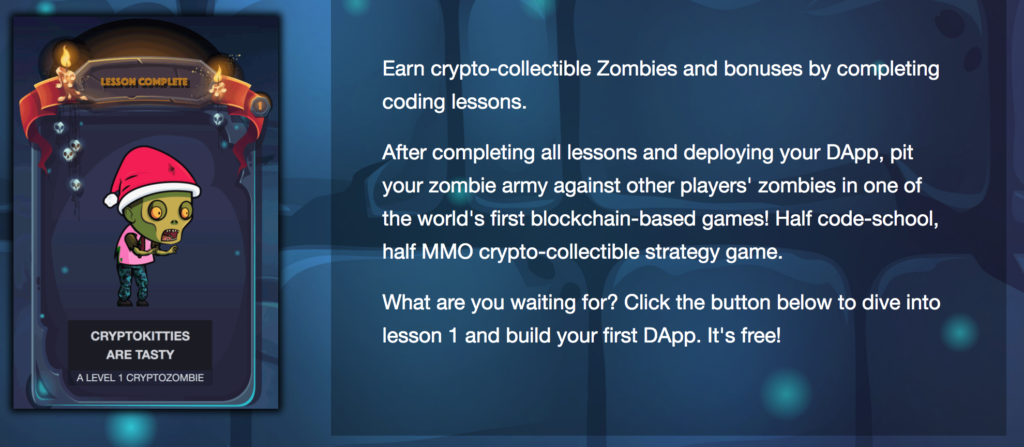After my first weekly reading recap on basics of bitcoin and blockchain, I couldn’t post a recap last week as I was away attending my weekly class of Stanford’s Seed program in India for growth stage entrepreneurs.
My favorite part of the week was the design thinking class where various teams (of 4-5 people) had to interview people, discover a problem, brainstorm, prototype and test potential solutions — all within one day. The team I was part of went to autorickshaw stands and had detailed conversations with drivers about their lives, hopes, regrets, likes and dislikes. My biggest learning (and shock) was about their idle time: auto drivers don’t do anything for 90%-95% of their workday and so are unable to meet their ends meet (earning only Rs 200-600/USD 4-10 per day). We discovered lots of economic inefficiencies that are waiting to be fixed by an entrepreneur. I recommend you see my entire Twitter thread with detailed data and observations.
1/ Did you know a roadside samosa / tea seller earns Rs 50-80k per month while an engineer grad starting salary is Rs 20-30k?
Went to a field trip talking to different professions and here’s what I learned.
— Paras Chopra (@paraschopra) January 31, 2018
What is Ethereum?
As far as my reading is concerned, I have been spending a lot of time reading about various blockchain related projects. In case you’re just starting out, start by going over my earlier reading list first.
I’m particularly drawn to Ethereum because it enables storage and execution of computer programs on the blockchain. This seemingly small change from storing numbers (as it happens for bitcoin) to storing computer programs is a huge step in making blockchains accessible to a wider range of programmers. To appreciate what Ethereum project is trying to do, you’ll have to imagine how difficult was it to program the very first computers. Early programmers had to get deep into the weeds to make even the simplest of programs but once programming languages like BASIC or FORTRAN were introduced, the software industry exploded. Had it not for programming languages, software wouldn’t be eating the world.

This is what makes Ethereum so powerful and compelling. Think of Ethereum as a platform that enables anyone who has programmed JavaScript or other such high-level languages to explore the potential of blockchains..
With that background, I hope you’ll be interested enough to explore Ethereum and blockchains.
Resources on Ethereum
1/ Start by reading Programmable blockchains by Vinay Gupta. He explains Ethereum and its potential in context of how software has evolved from pre-Internet days. Even if you are non-technical, I highly recommend the article.
2/ If you are technical do not miss reading the original introduction (whitepaper) on Ethereum. It was originally written by the project’s founder Vitalik Buterin and subsequently expanded by other contributors. Reading the whitepaper will take about an hour and will give you a solid foundation to in Ethereum.
3/ When you are ready to get your hands dirty, head over to Cryptozombies (by Loom Network) where they teach you basics of programming on Ethereum by making a game. It’s super fun. I have tried it.

4/ Current implementations of blockchains (including Ethereum) don’t scale well with the number of transactions. Because of its decentralized nature, Ethereum is as slow as the slowest computer in its network. This is a blocker for widespread adoption of Ethereum. For a better understanding on current technical issues and possible solutions to scaling issues, read Blockchains don’t scale. Not today, at least. But there’s hope by Preethi Kasireddy.
5/ If you are ready to have your mind blown away with futuristic ideas based on Ethereum, I recommend reading Organisations That Create Themselves (through Ethereum) and An Intro to TrueBit: A Scalable, Decentralized Computational Court by Simon.
6/ For a strange blend of Artificial Intelligence and Blockchains, read AI DAOs, and Three Paths to Get There by Trent.
Building mental models on blockchains
7/ Explaining blockchain — how proof of work enables trustless consensus by Aleksandr Bulkin explains what proof of work is and why it’s important to prevent abuse in decentralized apps.
8/ Why Everyone Missed the Most Mind-Blowing Feature of Cryptocurrency by Daniel Jeffries emphasizes on why decentralization is an important ideal to pursue for humanity’s sake.
7/ Blockchain Tokens and the dawn of the Decentralized Business Model by Fred Ehrsam explains how blockchains challenge traditional business models by creating economic incentives for users using a protocol vs accumulating all economic value in an organization like Uber, Facebook or Amazon.

8/ Also read Blockchains Never Forget by Venkatesh. Since you cannot erase data from blockchains (not even governments), his concept of artificial forgiveness will become increasingly important. Institutions rewrite history by forgetting inconvenient “facts”. When blockchains make that rewriting impossible, we will have to deal with ugly misses by acknowledging them but deciding to forgive people involved. Blockchain-based history won’t be able to forget anything so we’d have to resort to forgiving.
9/ Finally, to understand “network effects of network effects” do not miss this twitter thread by Naval.
What are your favorite links from last week?
In last one week, what articles, projects, technologies or videos expanded your worldview significantly?
Please share your favorite links from last week and I'll RT for others' benefits.
Also, see from previous week: https://t.co/w8CejXW6de
— Paras Chopra (@paraschopra) February 3, 2018
Please share your favorite links from last week (blockchain or non-blockchain, it doesn’t matter!) by replying to the tweet above (+ check out other readers’ favorite links).
Join 200k followers
Follow @paraschopra